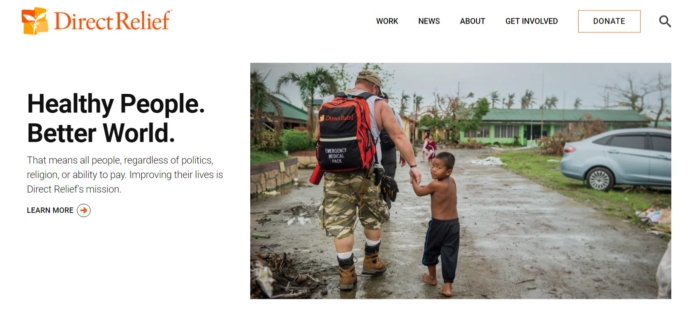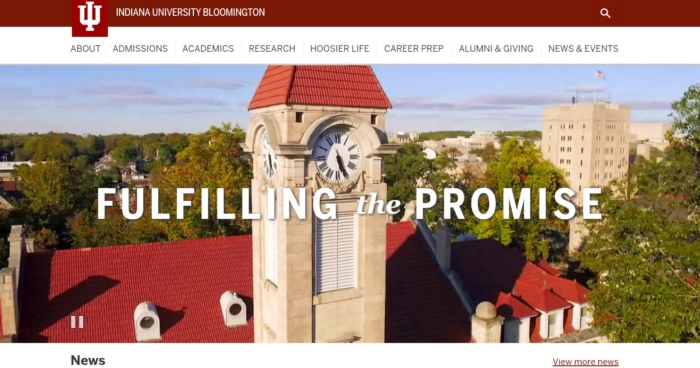PayPal is highly committed to giving. The company calls its strategy “Social Innovation.” This modern take on generosity aims to improve the overall finances of individuals, strengthen societies, and encourage donations to charities. How does this strategy work out in the real world?
Kiva
Gathered together in a town hall of a small African village, a group of smiling women were waiting to share their stories. In turn, each woman stood and explained how her life had changed:
“My husband respects me now because I earn a living.”
“I can pay for my sister’s clothes and tuition.”
“I now have an income.”
These are stories from microlender Kiva. In Zimbabwe, Kiva provided these women with infrastructure, revenue, and opportunity.
Kiva provides small loans to small businesses around the world. Kiva is unique in that it connects borrowers with lenders around the world. It doesn’t require big donations; they start in $25 increments.
Having a set lending amount makes donating easy and convenient for lenders. These small loans could pay for a goat, a sewing machine, woodworking tools, or a mechanical apprenticeship for borrowers.
Kiva emphasizes the compounding effects of this entrepreneurial support. For example, not only does lending empower women to run their households, but it lets them engage in the community and strengthens family bonds.
As of 2018, Kiva facilitated $1.17 billion in loans to 2.8 million borrowers in more than 86 countries. How does Kiva manage this large volume? Kiva uses PayPal as its exclusive online payment processor.
“Kiva has facilitated unprecedented levels of entrepreneurship,” says Chelsa Bocci, Kiva’s vice president of marketing and community. “People want to know their money is being used efficiently and going to the cause they believe in. PayPal’s continued support allows us to send every dollar lent on Kiva to the field, which is a big deal. More people have been able to follow their dreams because of our PayPal partnership.”
Direct Relief
Direct Relief has been around for more than 60 years. In 2017, it delivered upwards of $926 million in humanitarian assistance. The global charity works with healthcare providers and other organizations to quickly respond to natural disasters, conflicts, and poverty. For example, after Hurricane Maria hit Puerto Rico, Direct Relief provided essential medical supplies, rebuilt care services, and supported solar power systems at health clinics.
Worldwide, 41 percent of donors are motivated to give as a result of natural disasters. To reach more of its target market, Direct Relief credits PayPal for its ability to access new demographics. While the average donor in the United States is 64 years old, 55 percent of PayPal donors are 18 to 49. As a result, PayPal gives Direct Relief more access to younger donors.
Indiana University
Indiana University (IU) decided to add PayPal to its list of payment options in 2015. The school has more than 114,000 students and needed a reliable donor payments solution. Like many nonprofits, the school has complex payment systems and infrastructure.
For example, IU’s biology research lab breeds and sells fruit flies to researchers around the world. The complexities of international wire transfers, exchange rates, and fees made it difficult to associate payments and receivables and reconcile accounts. Now, however, international donors use PayPal, which results in fewer headaches in accounting.
Ruth Harpool, managing director of treasury operations for Indiana University, said, “PayPal saves time for department staff — and for finance staff, who say that reconciling PayPal is easy.”
PayPal’s account structure for IU uses a hub-and-spoke model. A central hub maintained by the university treasurer oversees the spokes, or university departments. Harpool says this tailored solution has simplified account management, payments, and customer service.
Save the Children
Every year, Save the Children helps more than 155 million children in the United States and 120 other countries around the world. The charity aims to give people a healthy start in life, the opportunity to learn, and protection from harm.
Around 2016, the nonprofit was looking for innovative technology to meet ambitious fundraising goals. “We needed to give the site a more modern look and feel,” explained Ettore Rossetti, senior advisor for digital innovation and social strategy.
Modernization included adding payment tools so people could donate quickly. With an emphasis on targeting younger donors, the solution needed to be user-friendly and mobile ready. The result? The nonprofit added PayPal as a payment option on all of the site’s donation forms.
“The less time and effort we can spend on keeping up with payment technology, the more time we can spend on serving our purpose,” Rossetti said.
Adding to the ease of payment, Save the Children was the world’s first nonprofit to officially accept donations via Venmo, a mobile payment service owned by PayPal. Having a variety of payment options attracts younger donors and promotes more sharing via social media.
The charity also uses PayPal Here card readers at its largest annual fundraising event: the Illumination Gala. PayPal Here allows Save the Children to gain valuable donor data at a physical event, boosting later outreach efforts.
Children’s Miracle Network Hospitals
The Children’s Miracle Network Hospitals raise funds and awareness for 170 member hospitals that provide 32 million treatments each year to kids across the United States and Canada. Nick Ward, vice president of digital marketing, said there needs to be awareness that these hospitals are charities: “They’re only the best, and great, because of charitable support.”
Ward said the PayPal Here solution was perfect for their in-person fundraisers across the U.S. PayPal offers measuring and reporting features that enable the network to get money to the hospitals where it’s needed most.
As these examples show, PayPal’s reach and ease of use encourage donations from new audiences. PayPal’s variety of payment avenues and reporting options offer nonprofits flexibility. Have you thought about using PayPal for your nonprofit?











Send Comment: